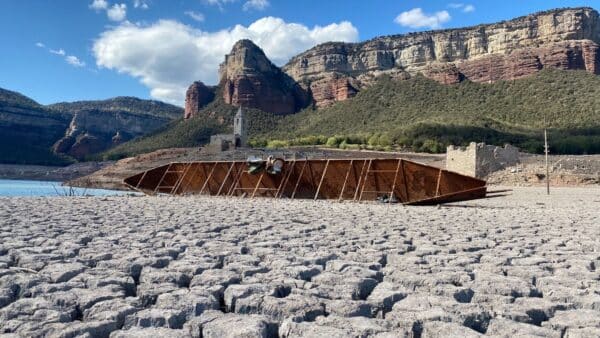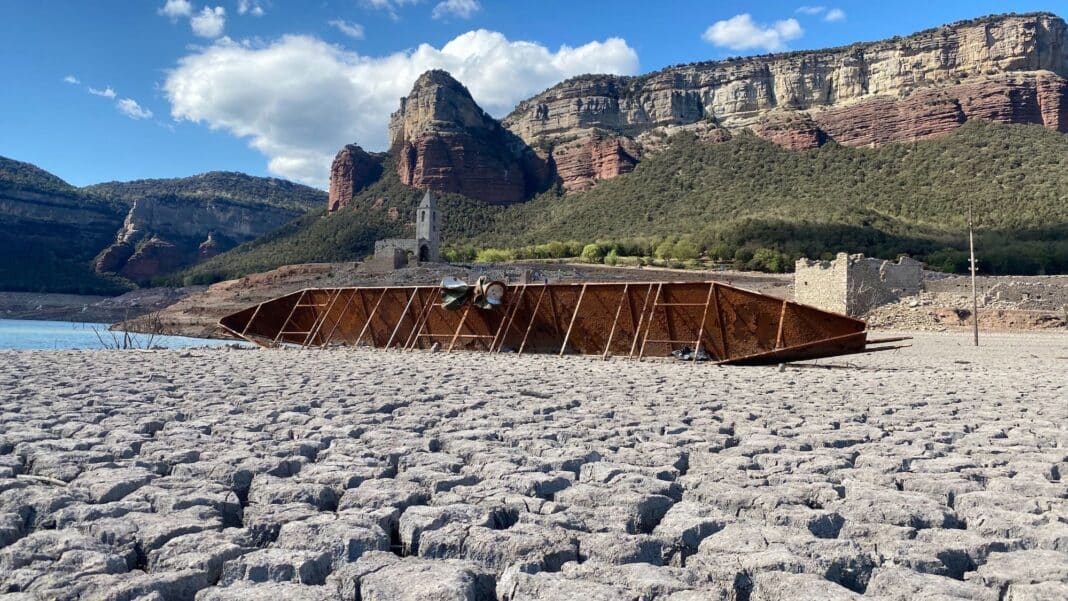The hydrological year ended on 31 August with a water deficit in Marina Alta reaching 75%. In simple terms, the region has seen only a quarter of the normal amount of rain in this region, disastrous figures that have led to the adoption of restrictions and the issue of bottled water in many areas.
If these figures continue in the new hydrological year that started on 1 September, the cuts will even more as they are extended to other areas, both for agriculture and for human consumption. .
Forecasts for the coming months, however, are contradictory, so it is not clear whether the drought will continue with many reservoirs standing at just 20% of their capacity and falling. There is no doubt that the province needs rainfall like never before.
The director of the UA Climatology Laboratory, Jorge Olcina, has said that after a hydrological year marked by drought, ” now we have to rely on the next few months behaving like a classic Mediterranean autumn, that is, very rainy.” If not, restrictions on human consumption will undoubtedly be extended.
As for whether the rains will arrive, Olcina pointed out that “the seasonal prediction models for the autumn of 2024 are contradictory. Some show abundant rainfall on the Mediterranean coast, others maintain drought conditions,” so there is still a great deal of uncertainty.
He warns that “we must change the mentality regarding water in the province. We cannot continue to depend exclusively on rainwater , neither our own nor that which comes from outside through transfers, because the rains are increasingly irregular in their development. If we do not want to understand this, we are condemned to regular shortages in agriculture and in urban supply in the Alicante regions.”
He pointed out that “purification and desalination are essential to the future of water in the province to avoid shortages due to drought. Failure to understand this means subjecting agriculture and tourism to the uncertainty of the weather forecast.”






